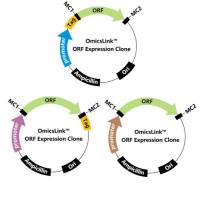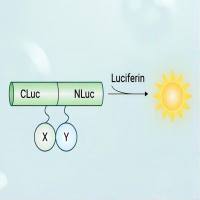This chapter describes two episcopic imaging methods, episcopic fluorescence image capturing (EFIC) and high-resolution episcopic microscopy (HREM). These allow analysis of molecular signals in a wide variety of biological samples such as tissues or embryos, in their precise anatomical and histological context. Both methods are designed to work with histologically prepared and whole-mount stained material, and both provide high-resolution data sets that lend themselves to 3D visualization and modeling. Specimens are embedded in wax (EFIC) or resin (HREM) and sectioned on a microtome. During the sectioning process, a series of digital images of each freshly cut block surface is captured, using a microscope and CCD camera aligned with the position at which the microtome block holder comes to rest after each cutting cycle. The resulting stacks of serial images retain virtually exact alignment and are readily converted to volume data sets.
The two methods differ in how tissue architecture is visualized and hence how specific molecular signals are detected. EFIC uses endogenous, broad-range, tissue autofluorescence to reveal specimen structure. Addition of dyes to the wax embedding medium suppresses detection of any signal except that originating from the block surface. EFIC can be used to detect specific signals (such as LacZ) by virtue of their ability to suppress such fluorescence. In contrast, the plastic embedding medium used in HREM is strongly fluorescent, and tissue architecture is detected at the surface because of the ability of cellular and subcellular structures to suppress this signal. Specific signals generated as a result of chromogenic reactions can be visualized using band-pass filters that suppress the appearance of morphological data.
In both methods, the digital volume data show high contrast; for HREM, such data achieve true cellular resolution. Their intrinsic alignment greatly facilitates their use for 3D analysis of transgene activity that can be visualized in the context of complex cellular and tissue morphology. Both methods are relatively simple and can be set up using common laboratory apparatuses. Together, they provide powerful tools for analyzing gene function in embryogenesis or tissue remodeling and for investigating developmental malformations.






